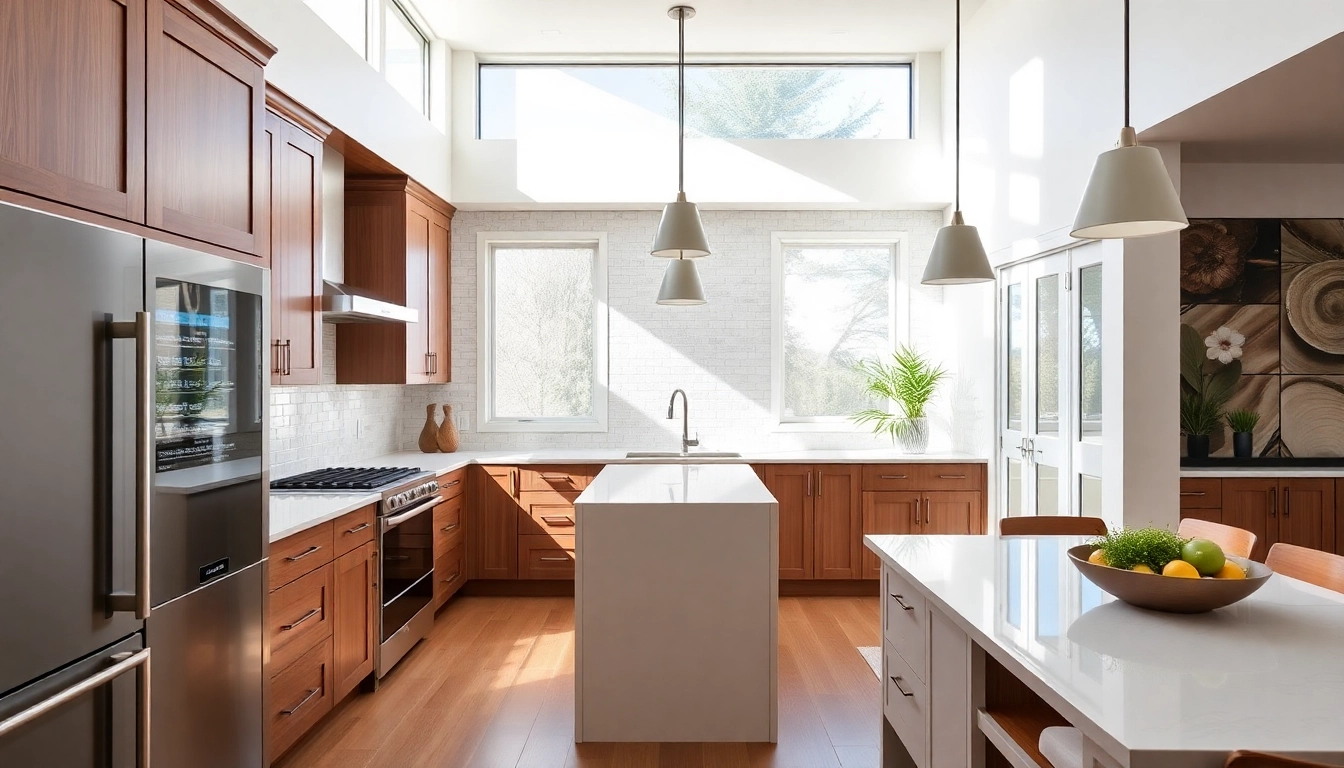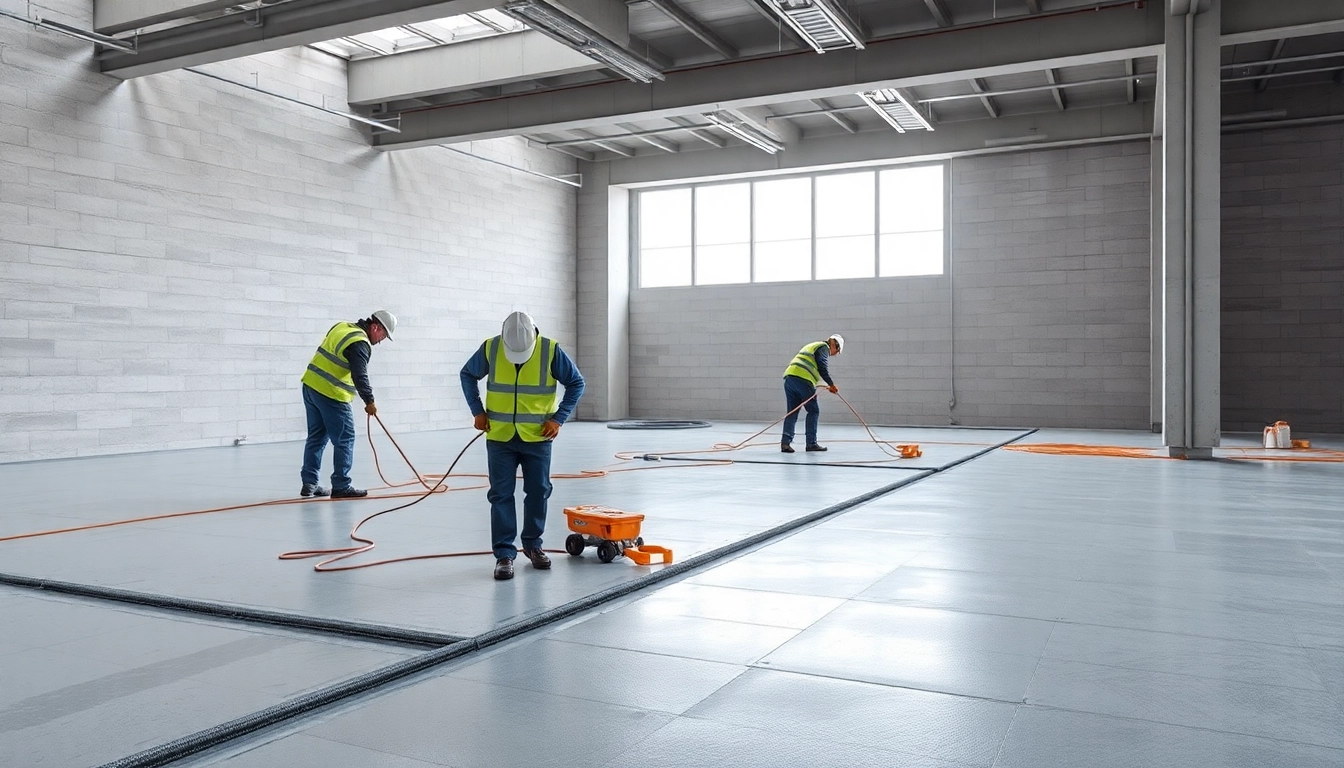Understanding Common Chimney Issues and When to Seek Repairs
Your chimney is a vital component of your home’s ventilation and heating system, providing safety and functionality. However, over time, exposure to harsh weather conditions, thermal cycling, and natural aging can lead to various issues that threaten both your chimney’s integrity and your home’s safety. Recognizing the signs of chimney deterioration early can prevent costly repairs and dangerous situations such as carbon monoxide leaks, chimney fires, or structural failures. In this comprehensive guide, we’ll explore common chimney problems—cracks, leaks, and structural damage—and delve into how to identify warning signs of deterioration. We will also discuss why professional assessment is crucial over DIY fixes, ensuring your chimney remains safe and efficient for years to come.
For homeowners in the UK, understanding these signs is especially important due to variable weather conditions and building standards. When in doubt, consulting a qualified chimney repair specialist is always recommended. Professional experts can diagnose issues accurately, recommend appropriate solutions, and execute repairs that adhere to safety standards. chimney repairs should never be postponed when signs of damage appear, as addressing problems early can save you money and mitigate hazards.
Cracks, Leaks, and Structural Damage Signs
Cracks are among the most visible signs of chimney deterioration. These can occur in the masonry, bricks, or mortar joints due to thermal expansion, settling foundations, or weather-related stress. Small cracks may seem benign but can rapidly expand if left unaddressed, compromising the chimney’s strength and weather resistance. Cracks in the chimney crown or cap can allow water ingress, leading to further damage such as spalling or rusting of internal components.
Leaks are a common issue, often caused by damaged flashing, cracked chimney crown, or deteriorated mortar joints. Water infiltration not only damages the chimney structure but can also lead to internal mold growth, compromised indoor air quality, and deterioration of surrounding roofing materials. Leaks are typically identified through water stains on ceilings or walls near the chimney base or observing water dripping inside the fireplace during rainy weather.
Structural damage extends beyond superficial cracks. Bulging, leaning, or hollow sounds when tapping the chimney are signs of compromised structure. Severe cases include chimney bulging due to internal collapse or leaning caused by weakened foundations. These present urgent safety risks and demand immediate professional evaluation and repair.
Identifying Warning Signs of Deteriorating Chimney Mortar
Mortar acts as the binding agent holding the bricks or stones of the chimney together. Over time, mortar deteriorates due to weather exposure, freeze-thaw cycles, and moisture infiltration. Key warning signs include efflorescence (white powdery deposits), loose or crumbling mortar joints, and missing or dislodged mortar pieces.
Efflorescence indicates moisture moving through the chimney’s masonry, bringing soluble salts to the surface. While not always an immediate failure, it suggests excess water presence that could lead to more serious issues if not addressed. Loose or crumbling mortar joints weaken the overall structure, increasing vulnerability to cracking and collapse. If you notice any of these signs, professional repointing or mortar replacement is necessary to restore stability.
Promptly addressing deteriorating mortar maintains the chimney’s structural integrity, prevents water ingress, and prolongs its lifespan—especially important in the UK, where rain and dampness accelerate corrosion.
Why Professional Assessment Beats DIY Fixes
Although minor cracks and superficial issues might tempt homeowners to undertake DIY repairs, the complexities and safety considerations associated with chimney repairs make professional assessment essential. DIY fixes can often overlook underlying structural problems, potentially leading to recurrent issues or dangerous situations.
Qualified chimney repair specialists possess the expertise to conduct thorough inspections, utilizing tools such as thermal imaging, moisture meters, and structural assessments. They can accurately diagnose the root cause of problems and recommend tailored solutions—be it mortar repointing, crown repair, or internal flue lining.
Moreover, improper repairs not only risk unnecessary expense but can also create hazards such as collapsing chimney sections, water ingress, or fire risks. Engaging licensed professionals ensures that repairs comply with safety standards, building codes, and industry best practices, providing peace of mind and long-term reliability.
Best Practices for Effective Chimney Repairs and Maintenance
Repointing and Rebricking: Restoring Integrity
Repointing involves removing deteriorated mortar from the joints and replacing it with fresh, durable mortar. Proper repointing restores the chimney’s weatherproofing capabilities and structural stability. Rebricking, if necessary, involves replacing damaged or severely eroded bricks to prevent internal damage and maintain appearance.
High-quality repointing uses mortar mixes suitable for the UK climate, often incorporating flexible and weather-resistant components. Experts also ensure that the new mortar matches the original in appearance and composition to preserve the chimney’s aesthetic and structural coherence.
Regular repointing—preferably every 10-15 years—can significantly extend your chimney’s lifespan, especially in damp, windy environments typical of the UK. Additionally, selecting skilled masons ensures that work is performed to the highest standards, preventing future issues.
Flashing and Crown Repairs to Prevent Water Ingress
Water ingress is one of the leading causes of chimney deterioration. Flashing, the metal sheet installed where the chimney meets the roof, acts as a sealant preventing water from running into the roof structure. Over time, flashing can corrode, loosen, or develop gaps, leading to leaks.
The chimney crown, the concrete or cement cap covering the top of the chimney, must be intact and properly sealed. Cracks or erosion in the crown allow water to seep into the masonry, accelerating damage and causing internal deterioration. Repairing or rebuilding the crown using weatherproof, durable materials is essential to prevent water ingress and subsequent damage.
Seasonal inspections and timely repairs of flashing and crown components are recommended to safeguard your chimney from costly water-related damage.
Choosing Quality Materials for Durable Chimney Repairs
The longevity of chimney repairs heavily depends on the materials used. High-quality, weather-resistant bricks, mortar, flashing, and sealants are vital for durable repairs. In the UK climate, materials should withstand moisture exposure, temperature fluctuations, and freeze-thaw cycles.
For mortar, options like Portland cement-based mixes with added flexibility or proprietary weatherproof formulations are preferred. When replacing bricks, matching the original material ensures aesthetic consistency and structural compatibility.
Professionals often recommend using products compliant with building regulations and having proven track records for durability. Investing in premium materials upfront saves money over time by reducing the frequency of repairs and maintenance.
Step-by-Step Guide to a Chimney Rebuild or Repointing Process
Initial Inspection and Safety Precautions
Before any repair work begins, a comprehensive inspection by a qualified chimney engineer is crucial. This assessment identifies all underlying issues, evaluates the structural stability, and determines the scope of work needed. Safety precautions include setting up scaffolding, wearing protective gear, and ensuring the work area is secure.
Specialized inspection tools help in detecting internal damage or moisture infiltration unseen to the naked eye. Documenting the condition of the chimney with photographs and measurements provides a clear basis for planning repairs.
Preparation and Partial Dismantling
Once the assessment is complete, preparatory work involves removing loose or damaged bricks, mortar, and any compromised flashing or caps. Temporary supports and safety barriers protect workers and prevent further damage during dismantling.
This phase also includes protecting surrounding roofing and building elements from debris and dust. Proper disposal of removed materials ensures environmental safety and compliance with local regulations.
Reconstruction, Pointing, and Finishing Touches
The rebuilding process involves laying new bricks, repointing joints with high-quality mortar, and replacing or repairing the crown and flashing. Precision in aligning bricks and applying mortar ensures structural stability and aesthetic matching.
Final steps include cleaning the chimney, sealing the crown, and inspecting all work to ensure it meets safety and quality standards. Periodic testing and confirming water tightness protect the investment and minimize future issues.
Cost Considerations and Budget Planning for Chimney Repairs
Factors Influencing Repair Costs in the UK
Chimney repair costs vary depending on several key factors, including the extent of damage, material quality, accessibility, and location. For example, a minor mortar repointing in a low-access area may cost significantly less than a full rebuild of a damaged chimney on a multi-story property.
Other considerations include the type of repairs needed—internal flue lining replacements are more complex and costly than external cosmetic fixes—and the need for scaffolding or specialized equipment. Regional labor rates and contractor expertise also influence total expenses.
Average Prices for Common Repair Services
Based on current market data, professional chimney repairs in the UK typically range from approximately £300 to over £3,000. Minor repairs such as tuckpointing or leak sealing may fall within the lower end; meanwhile, extensive rebuilds or rebricking can reach the higher end of the scale.
For example:
- Repointing a small section: £300–£700
- Chimney crown repair: £500–£1,200
- Full chimney rebuild: £2,000–£4,000
To stay within budget, obtaining detailed quotes from multiple vetted local specialists is highly recommended.
Tips to Get Value-Driven Quotes from Local Specialists
- Request multiple quotes to compare prices and scope of work
- Ensure quotes detail specific materials, work steps, and guarantee terms
- Ask about experience, certifications, and references
- Verify that contractors adhere to UK building regulations and safety standards
- Consider specialists who offer comprehensive assessments and warranties
By following these strategies, homeowners can make informed decisions, ensuring quality repairs that last and provide excellent value for money.
Finding the Right Chimney Repair Experts Near You
How to Evaluate Local Service Providers
Finding reputable chimney repair specialists requires careful evaluation. Start with local directories, trusted review platforms, and recommendations from neighbors or community groups. Look for providers with proven experience, relevant certifications, and positive customer feedback.
Check their portfolio of completed projects and seek references if possible. Confirm their licensing, insurance coverage, and compliance with UK standards. An initial consultation or site visit often helps clarify the scope and price, giving you confidence in their expertise.
Questions to Ask Before Hiring a Chimney Repair Contractor
- Are you licensed and insured to operate in the UK?
- What experience do you have with chimney repairs of my type?
- Can you provide references or examples of similar projects?
- What materials will you use, and are they weather-resistant?
- What is your estimated timeline and warranty coverage?
- Will you handle permits or any required inspections?
Asking these questions ensures transparency and helps you select a contractor committed to quality and safety.
Benefits of Choosing Vetted, Reviewed Chimney Repair Specialists
Vetted and reviewed specialists undergo rigorous screening processes, verifying their qualifications, licenses, and customer feedback. Choosing such providers minimises risks associated with unqualified or unscrupulous traders, ensuring workmanship adheres to industry standards.
Additionally, reputable companies often offer warranties, ongoing support, and post-repair inspections, bolstering your long-term safety and satisfaction. In the UK context, working with trusted experts aligns with legal regulations and enhances your home’s value and safety.



